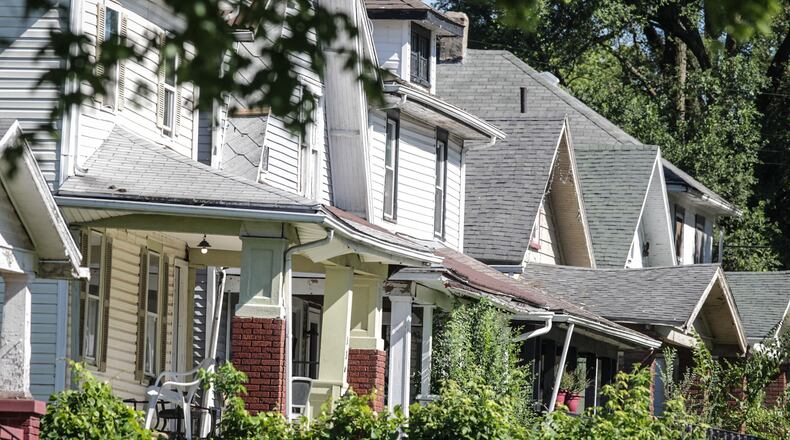Homes are taxed at 35% of their taxable value. So 1 mill levied against a $100,000 house would collect about $35.
Most homeowners also get tax exemptions of about 12.5% on many — but not all — levies, so that would bring that amount down to about $30.63 for those levies.
Most levies are designed to collect a certain amount of money. And the amount you pay is determined by the value of your house in relation to other properties in your taxing district.
For example, let’s say voters in a village approve a $1 million levy. The county auditor takes the total value of property in that village, divides it by $1 million, and spreads it evenly across the properties. Properties with higher value pay a higher amount; properties with lower value pay less.
As the value of properties increase, the effective millage decreases because it takes fewer mills to collect the same amount of money.
For example, $100 is 1 mill of $100,000. If you want to collect $100 from $200,000, that would only take half a mill.
School levies
There is an important caveat for school levies. Ohio law says that the effective millage for certain school levies can’t fall below 20 mills. Once they hit that “20-mill floor” the amount you pay starts to increase as the value of your home goes up.
In Montgomery County, this is the case in Miamisburg City Schools. This is also the case in all Greene County school districts except Bellbrook-Sugarcreek Local School District.
As property values have increased, the effective millage needed to collect the same amount of money on most of levies for these districts have decreased and now hit 20 mills.
The auditor can’t lower the millage rate more. In the case of a $1 million levy, since the millage rate can no longer be reduced, if values increased 25%, that levy would now generate $1.25 million. As a result, each property owner will pay about 25% more on average for that levy.
Other taxes
There are other taxes that collect the same number of mills regardless of the value of the house. So if a home doubles in value, the taxes you pay on those mills double.
So 1 mill levied against a $100,000 house would collect about $35. If the value of that property doubles to $200,000, that 1 mill would generate $70.
The amount of this tax varies widely depending on where you live. In some places, it can be less than 10 mills. In others, it can be well over that.
About the Author


